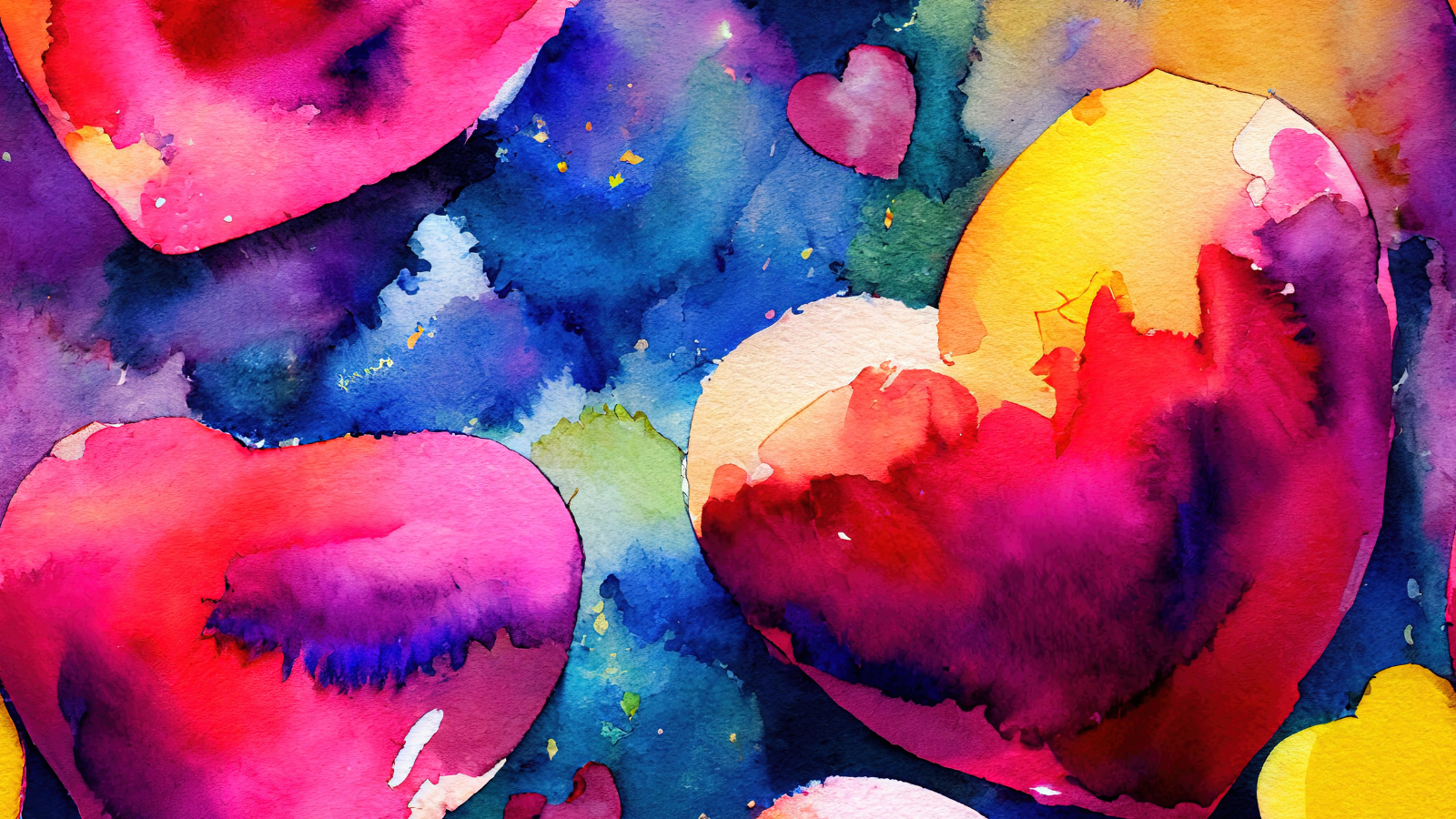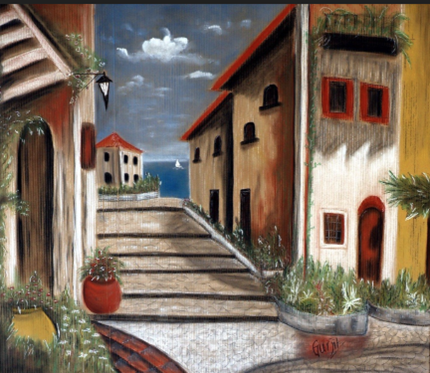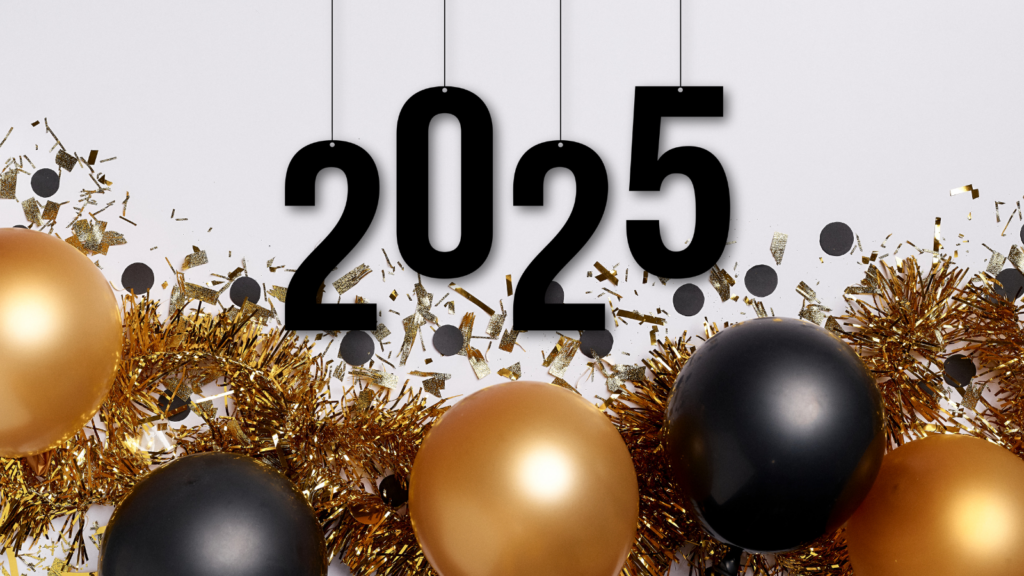
There’s the fear that artificial intelligence will replace everything – but can it? Artificial intelligence (AI) is based on knowledge to share information. Original art, photography, paintings, sculptures, music and more are deeply rooted in emotion.
Let’s look at AI, which people believe is new, whereas it started in the 1940s by a British mathematician. In the 1950s, this concept of creating intelligent machines was termed artificial intelligence. That’s 70 years ago! It continued to progress through the decades as scientists used it. Even though its use refers to a boom in the 1980s, it was not in the public eye. Speed ahead to 2010, when social media grew in popularity thanks to apps like Instagram and Facebook. Social media provided an explosion of personal data, fuelling AI like never before. AI was starting to become known to everyone. It has been present in science and now in pop culture. Fast forward to 2022, ChatGPT launched, shortly followed by Microsoft Copilot in 2023, and most recently DeepSeek (DeepSeek from China, released it’s latest version on January 20, the same day as the presidential inauguration; coincidental or intentional). These AI systems are open to everyone.
In her keynote talk, Timnit Gebru highlighted the existence of automation bias and how humans tend to over-trust automated systems like Google Maps. You probably recall when a map led you on an unexpected route. While generative AI is a trained system that processes and delivers data, critical thinking and awareness of automation bias are now more crucial than ever.
Recognizing that AI systems are based on learning, reasoning, and problem-solving, it’s crucial to understand they lack emotion. Emotion comes from the heart, not the head. While AI models like ChatGPT and Copilot can create images, they often lack emotional depth, leading to their dismissal as merely “nice.” For instance, consider asking an AI to show you a dog in front of a fireplace. Here’s what I found.
 Another example is the CGI dog in the movie “The Call of the Wild,” which received mixed reviews due to the CGI dog’s inability to convey genuine emotion, thus losing the dog-human connection. Imagine being an actor trying to fake emotion with a generated dog. Awareness of AI’s lack of emotion is essential for its use in areas requiring emotional creativity, such as advertising.
Another example is the CGI dog in the movie “The Call of the Wild,” which received mixed reviews due to the CGI dog’s inability to convey genuine emotion, thus losing the dog-human connection. Imagine being an actor trying to fake emotion with a generated dog. Awareness of AI’s lack of emotion is essential for its use in areas requiring emotional creativity, such as advertising.
Artists who show feeling in their work better connect to humans who crave emotion.  At a museum, you find yourself captivated by a piece of art, sometimes even sitting on the bench to spend more time with it. Pablo Picasso, a famous painter, always poured his emotions into his and you can follow his life story by seeing how his works of art changed. I saw this painting of Calgary artist Gurjit Mann Toor and immediately connected it to the texture, colour and scene, taking me back to walking the streets in Europe.
At a museum, you find yourself captivated by a piece of art, sometimes even sitting on the bench to spend more time with it. Pablo Picasso, a famous painter, always poured his emotions into his and you can follow his life story by seeing how his works of art changed. I saw this painting of Calgary artist Gurjit Mann Toor and immediately connected it to the texture, colour and scene, taking me back to walking the streets in Europe.
From the artist, “Retreat into your imagination. Feel the cobblestone pathways beneath your feet emitting that old-world charm, while the golden sunlight bathes you and the colorful buildings in a soft, inviting glow.”
With music, AI can help create playlists or suggest new artists based on your current listening. What it wouldn’t be able to do is replace the creativity of a musician who breaks out a new riff while recording or on stage.
When it comes to art, emotion is essential. As a photographer, I deeply resonate with this quote by Don McCullin, “Photography, for me, is not looking, it’s feeling. If you can’t feel what you’re looking at, then you’re never going to get others to feel anything when they look at your pictures.” I embrace  emotion when taking photos, whether it’s wildlife, landscapes, or sports. In my sports photography, for example, capturing the grit, power, and fearlessness in an athlete’s face during a split second showcases genuine emotion. In the photo here, you can see the focus and intensity of the lacrosse players. Can AI replace that? No. As powerful as AI is, it cannot capture feeling.
emotion when taking photos, whether it’s wildlife, landscapes, or sports. In my sports photography, for example, capturing the grit, power, and fearlessness in an athlete’s face during a split second showcases genuine emotion. In the photo here, you can see the focus and intensity of the lacrosse players. Can AI replace that? No. As powerful as AI is, it cannot capture feeling.
For some artists, one could look at AI as a collaborator or tool to leverage in trying new things. On the flip side, artists need to be cautious so technological advances don’t constrain their creativity and allow themselves to be free in their art.
As consumers, it’s important to note that AI-created art is often based on previous works, which may or may not have the approval of the original artist. This poses a significant challenge for artists whose works are being infringed upon.
Reflecting on automation bias, it’s essential to critically examine AI-produced information and evaluate AI-generated art to determine if it resonates emotionally. Art’s authenticity lies in its ability to evoke emotions, a feat achievable only by artists who infuse their work with genuine feeling. As long as art is created with emotion, it will remain irreplaceable by AI.
Coral Lukaniuk
Senior Advisor

